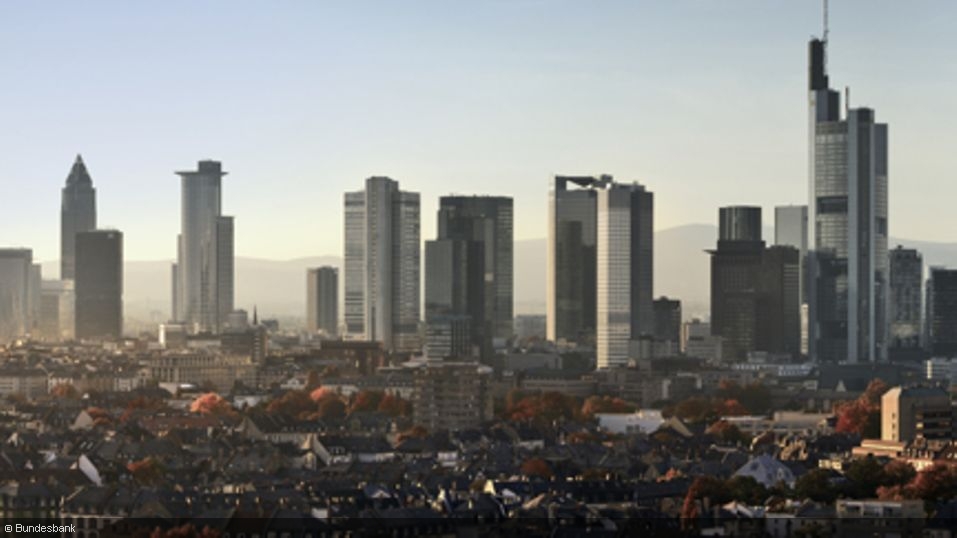- Joined
- Sep 30, 2019
- Messages
- 51,086
- Reaction score
- 75,603
- Gender
- Male
- Political Leaning
- Liberal
Banks actually fund loans by expanding their balance sheets. You get a loan for $1000; the bank marks up your account by $1000 (a bank liability) and holds your promissory note, worth something more than $1000, as their asset. $1000 of M1 money has just been created, and it will be extinguished as you pay down your loan.
When you spend, that's just a matter of banks marking accounts up and down, and settling up at the end of the day with reserves (or other methods).
Banks sometimes pay you a tiny amount of interest because your deposits are a cheap source of reserves. It's not because they are lending out your money.
Interest income is the primary way that most commercial banks make money. As mentioned earlier, it is completed by taking money from depositors who do not need their money now. In return for depositing their money, depositors are compensated with a certain interest rate and security for their funds.
Then, the bank can lend out the deposited funds to borrowers who need the money at the moment. The borrowers need to repay the borrowed funds at a higher interest rate than what is paid to depositors. The bank is able to profit from the interest rate spread, which is the difference between interest paid and interest received.

How Do Banks Make Money?
Banks make money in a variety of different ways; but the main way is to borrow at lower rates and lend at higher rates.


